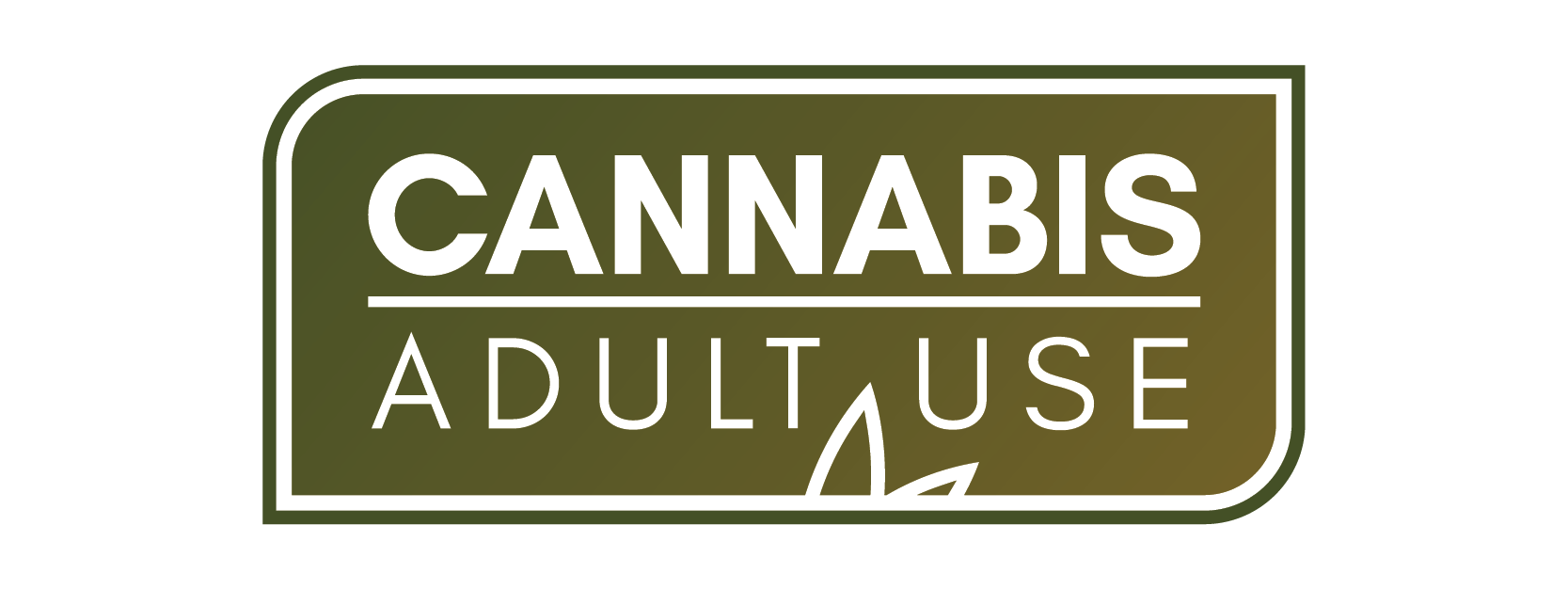In the evolving landscape of cannabis consumption, microdosing has emerged as one of the most intriguing and talked-about trends among consumers and wellness enthusiasts alike. It’s a simple idea with profound implications: consuming minimal amounts of cannabis — typically between 1 to 5 milligrams of THC — to experience the plant’s therapeutic benefits without the intoxicating high. But is less truly more? Science, anecdotal evidence, and emerging consumer behavior all suggest it might be.
A Subtle Science
Microdosing isn’t a new concept. It’s long been explored in psychedelic research, where scientists study the effects of sub-perceptual doses of LSD or psilocybin. Applied to cannabis, the goal is similar — to find a “sweet spot” where the body benefits from cannabinoids like THC and CBD without feeling impaired.
Dr. Dustin Sulak, a well-known integrative physician specializing in cannabis medicine, has often described microdosing as a process of “finding the minimum effective dose.” In his clinical experience, many patients report improvements in mood, pain relief, and focus at doses so low they don’t cause euphoria or intoxication. According to a 2017 study published in the European Journal of Pain, low-dose THC significantly reduced pain in patients with neuropathy — while higher doses paradoxically worsened it. This underscores the “less is more” principle that underpins microdosing.
The Endocannabinoid Balancing Act
To understand why microdosing can be effective, one must look to the body’s endocannabinoid system (ECS) — a network of receptors that helps regulate mood, pain, appetite, and inflammation. Low doses of THC and CBD can stimulate the ECS in a way that supports balance, or homeostasis, without overwhelming it.
Dr. Ethan Russo, a neurologist and cannabinoid researcher, refers to this as “biphasic behavior,” where cannabinoids can have opposite effects at low and high doses. For example, a microdose of THC might alleviate anxiety, but a large dose could trigger it. Similarly, CBD in small amounts can promote alertness, while higher doses can induce relaxation or drowsiness. The nuance is what makes microdosing both fascinating and highly individual.
Who Is Microdosing and Why?
Microdosing has found its place across diverse consumer groups. For professionals seeking focus and calm during the workday, a 2.5 mg THC gummy can enhance creativity without affecting performance. Older adults managing arthritis or chronic pain use microdoses to stay mobile and pain-free without feeling “stoned.” And athletes — particularly those in recovery — are turning to microdosing to reduce inflammation and muscle soreness post-training.
A 2022 survey by New Frontier Data found that 25% of adult cannabis consumers in the U.S. preferred products designed for “mild effects” or functional daily use. This demand has led to the growth of microdose-friendly edibles and beverages — such as Cann’s 2 mg THC/4 mg CBD social tonics or Kiva’s Petra mints, which deliver just 2.5 mg THC per piece. These low-dose formats cater to modern consumers who want control, consistency, and subtlety in their experience.
The Benefits of Going Low
Microdosing’s appeal lies in its flexibility and accessibility. Many users report benefits that extend beyond simple relaxation — improved mood, better sleep, reduced anxiety, and even increased productivity. Because smaller doses are easier to integrate into daily life, they also minimize tolerance buildup and reduce the risk of side effects like dry mouth, paranoia, or fatigue.
Clinically, low doses may also enhance cannabinoid receptor sensitivity over time. According to research in the Journal of Cannabis Research, patients using microdoses maintained symptom relief with fewer long-term tolerance issues compared to those using higher amounts. This could have implications for pain management, anxiety, and neuroprotection — areas where cannabis shows therapeutic promise.
Challenges and Misconceptions
Despite its growing popularity, microdosing isn’t a one-size-fits-all solution. Factors like metabolism, prior cannabis experience, and delivery method can significantly affect how cannabinoids are absorbed and felt. The same 2.5 mg THC edible may have minimal effect on one person yet feel potent to another.
Moreover, not all cannabis consumers believe in the concept. Some argue that the benefits of cannabis — especially for severe pain or insomnia — require higher doses to be effective. There’s also limited large-scale clinical data on long-term microdosing outcomes, though early studies are promising. Still, as cannabis becomes more mainstream and research expands, microdosing is gaining credibility as a legitimate wellness practice rather than a passing fad.
The Takeaway
Microdosing embodies a modern shift in cannabis culture — away from excess and toward precision. For many, it represents a new kind of empowerment: the ability to tailor one’s cannabis experience for clarity, balance, and well-being. While it might not replace traditional consumption, microdosing offers an alternative path — one guided by mindfulness and moderation rather than intensity.
As Dr. Sulak often reminds his patients, “The goal isn’t to use more cannabis. The goal is to use cannabis better.” In that sense, less might not just be more — it might be exactly enough.
Learn More: Cannabis, Appetite, and Digestion: A Comprehensive Guide to Its Effects and Uses
